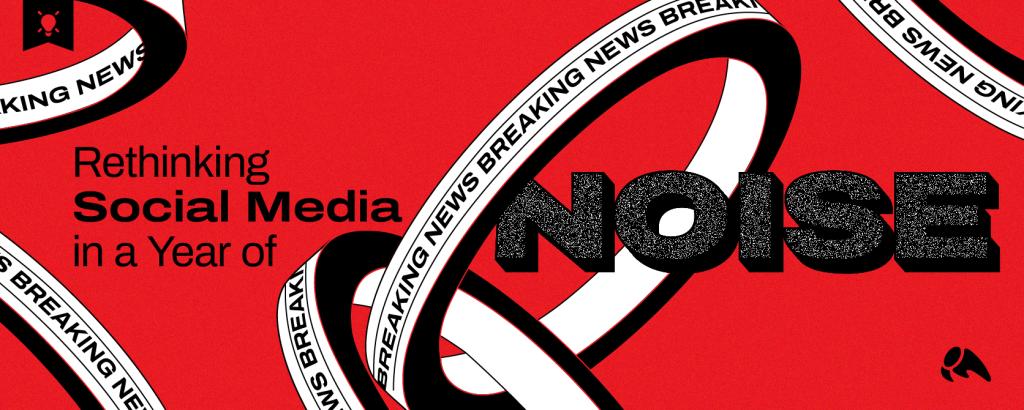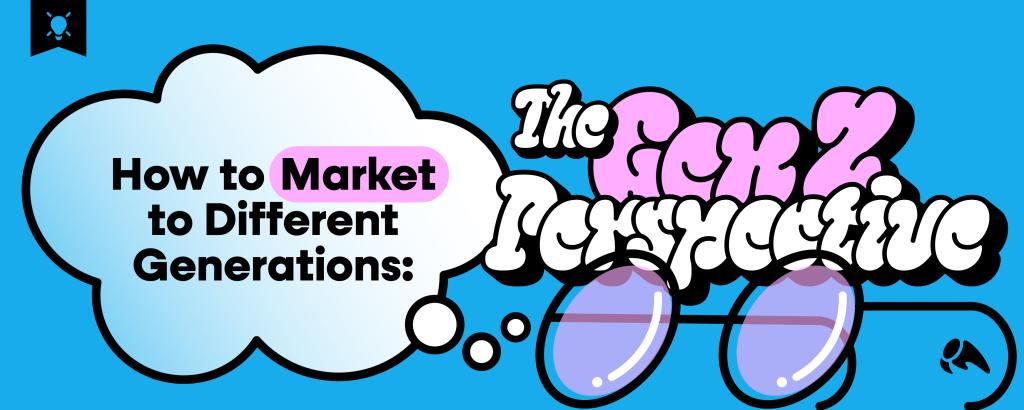Here’s what you know about blogging:
- It’s the least expensive form of inbound marketing
- Blogs give websites 434% more indexed pages and 97% more indexed links.
- Your competitors are already doing it.
You might know a lot about blogging. But there’s also a few things you don’t know. Information that, if used correctly, can help you better your current strategy or even build a new killer one from scratch.
It’s time for a refresher.
Below are 8 blogging for business tips you’re still messing up.
You Can’t Suck
No, I get it; you’d think this would be obvious, right? You’d think there would be no way you’d start a blog only to suck at it. But the hard truth is that most blogs, especially corporate blogs, do suck. And they suck in a pretty big way.
As Janae ever-so-tactfully pointed out last week, all too often your blog is simply a waste of everyone’s time. You’re regurgitating content, you’re not telling stories effectively and you’re sharing utter crap.
If this sounds like your blog, you need to stop it before the Internet bands together to beat you.
How do you write a blog that doesn’t suck? You put the strategy back in content strategy by devising a plan before you start. One that:
- Identifies your Objective & Message
- Gets Intimate with Your Audience
- Scouts the Opportunity
- Builds a Strategy Around Resources
- Commits
If you haven’t tackled each of these, you’re blogging with no direction and should go read that post we just linked to. Is it any wonder you’re drowning in a sea of mediocrity?
You Need a Viewpoint
Your blog is your company’s mouthpiece. When a crisis situation occurs, I’m going to your blog to get the real story of what happened. On any given Tuesday, I’m going there to understand what you believe, why you do what you do, how you do it and the stands you’re willing to take in your industry. That’s what social media allows – it allows you tell your audience not only what you do but why you do it. I can’t stress how important it is that you’re taking advantage of this opportunity. Because it is the ultimate opportunity.
My Dad likes to tell me that sitting in the middle of the road is how you’ll get run over. That, whether you like it or not, you need to pick a side and to defend it.
What are your sticking points in your industry?
What will you go to bat for?
What are your core values that you won’t comprise on?
Tell people this. Share it. Be the person to shine the spotlight where others won’t look. It’s how you’ll do the best service to your audience, but it’s also how you’ll create a style of your own. Your goal is to establish a voice so clear your audience will recognize you in the dark.
You’re Building a Brand
Every time you publish something – be it a blog post, a Facebook update, a tweet or a pin – you are building your brand. You are producing content that will be forever linked with your company, its expertise, it’s perception in the industry and the way it does business. Even if you don’t mean it to be, it will. I don’t say that to scare you, but to help you understand the importance and the weight of each blog post you publish.
This fact means two things:
- Your words matter. The things that you say, the way you speak to your customers, the way you handle yourself – it is all going on your public record. For forever. Be cognizant of that.
- Your message must be consistent. If your updates and postings are delivering a consistent, cohesive, branded message you’re in a good shape. By telling the same story, on every platform, to deliver the same experience you’re forming a brand that users will be able to recognize. If you’re not, your brand will drown. And die.
Consistency Matters [but maybe not how you think]
Consistency matters. Not only in terms of the message you’re putting out, but in attracting and retaining readers.
The question clients always want to know is: How often should you blog?
You should blog often enough that your readers and the search engines come looking for it, but not so often that you’re regurgitating content and wasting people’s time.
Probably not as definitive of an answer as you may have hoped for, but the truth is it depends on your audience and their expectations. Depending on your industry and what you’re looking to accomplish, the frequency of posting will vary. What’s important is that you adopt a schedule, see what’s working/not working and stay on it. There are plenty of “social media scientists” who will give you a hard number off their made up personal data but their data based on their audience is completely irrelevant to your audience.
Don’t listen to them. Instead:
Poll your audience.
Analyze their patterns.
Create your own rules.
You Have to Promote Your Content
There is no such thing as the Good Content Faerie. For your content to be found, you need to promote it.
If you don’t feel confident promoting your content, go back up to #1 and re-read Janae’s blog post linked in the content.
If you are ready to (wo)man up, learn how to build your content promotion strategy and then get to work. Because content you don’t promote is content you shouldn’t have written.
You Have to Play With Other People
You’re blogging! You’re talking about your views! You’re sharing your knowledge. Yay!
But it’s not about you.
Corporate blogging is not about showing everyone how smart you think you are. Or even how smart you REALLY are. It’s about serving the needs of other people, your customers. It’s about answering their questions. Easing their concerns. Winning their trust. And supporting their goals.
Want to succeed in blogging? Become obsessed with your community. If they ask a question, be the first to answer it. If they leave a comment, be there to respond. If people are having a conversation on a third-party blog, be there to join in. Support other writers. Support your industry.
In kindergarten we’re taught that to make a friend, we have to be a friend. Nowhere is that rule more true than on the Internet. Get out of your bubble and be a friend to your industry.
It’s Not Free
Just because blogging is the least expensive form of inbound marketing doesn’t mean it’s free. Even the most barebones blogging commitments come with a cost.
It takes time to research the content.
It takes time to write the content.
It takes time to edit the content.
It takes time to create imagery for the content (customer blog headers don’t grow on trees).
It takes time to promote the content.
It takes time to respond to comments and social mentions.
It takes time to chase down your team when they miss content deadlines
It takes time to manage the blogging process.
One mistake a lot of newbie blogs make is not taking these elements into consideration while planning for their blog. The result is less consistency, more rushed content and more corners cut in an effort to “get the blog done” so you can focus on billable work. Plan head so avoid making a mess later.
Blogging Might Not Be For You
Hey, let’s call a spade a spade. Blogging is an incredibly powerful tactic. One that encourages you to create useful, rich content designed to serve a need, attract a visitor and speak to your brand. But it’s only going to do that if you can invest in it. If you can dedicate the resources you really need into building a great blog. If you can’t commit to that, you can’t commit to blogging. And you shouldn’t.
Blogging requires brands leave it all out on the field. That you get vulnerable, aren’t afraid to take your hits and that you’ll be open about your work and your process. If you’re not willing to do that and if you’re insistent on hiding behind that mythical brand curtain, you can’t commit to blogging. And you shouldn’t.
Are you really ready to start blogging? Is it the best course of action for your company? If you can adhere to the list above, you’re starting out in good shape.





